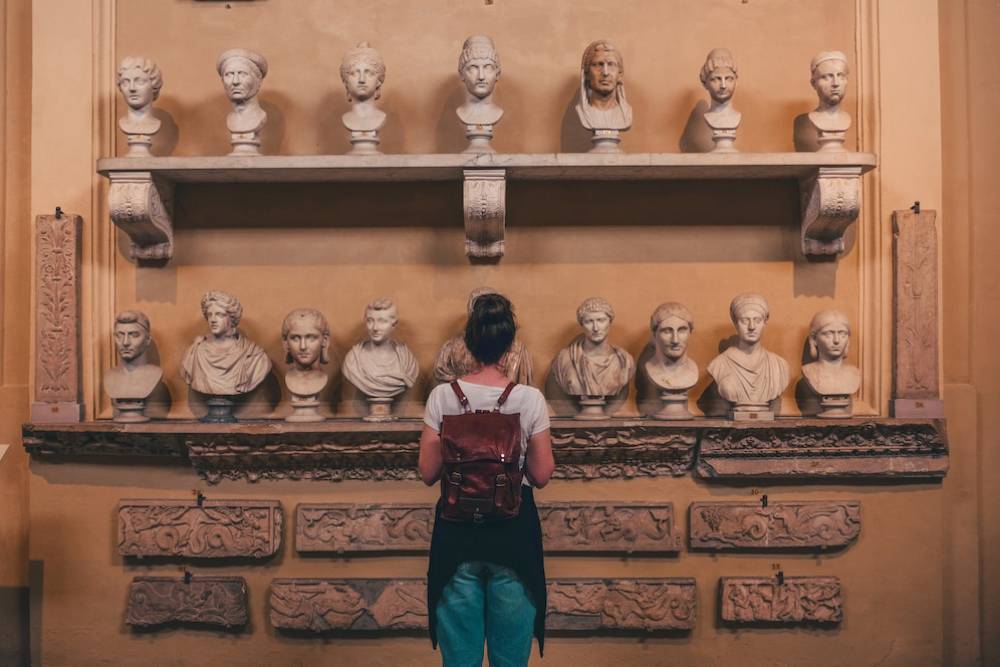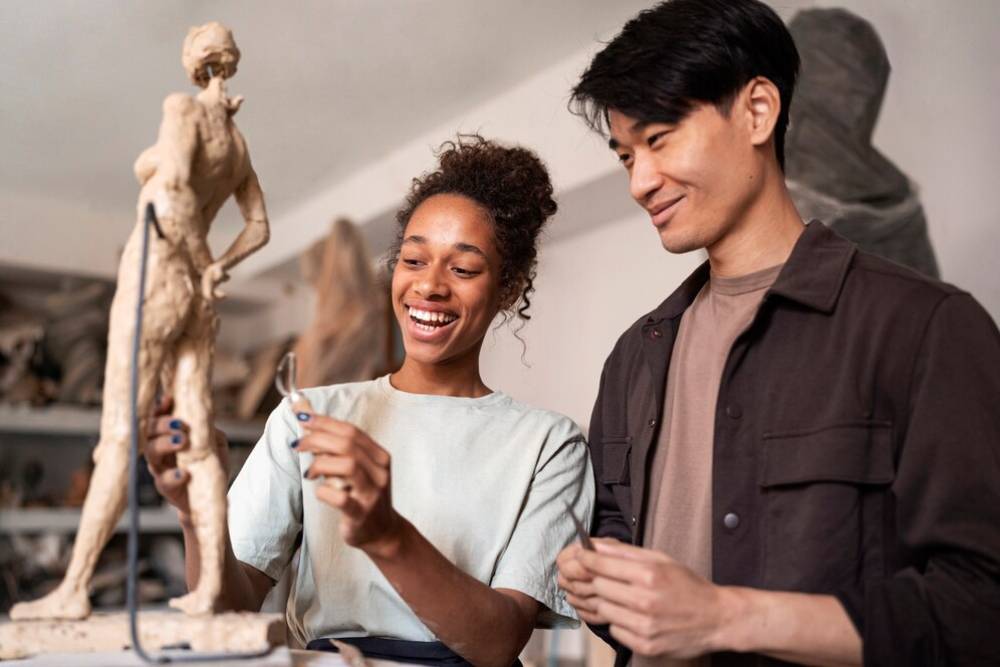The Travel Blog

How to Explore Living History Museums: A Complete Guide
Living history museums offer a unique and immersive way to experience the past. Unlike traditional museums, these spaces bring history to life with costumed interpreters, hands-on activities, and reconstructed settings from various historical periods. Whether you’re a history enthusiast, a cultural traveller, or a family looking for an educational experience, visiting a living history museum can provide deep insights into how people lived, worked, and interacted in bygone eras.
This guide will help you plan and make the most of your visit to a living history museum, offering step-by-step strategies to engage with exhibits, interact with interpreters, and enhance your overall experience.
Pro Tip: To truly immerse yourself in history, plan your visit around special events or reenactments. These events offer a dynamic and engaging way to experience historical moments first-hand, making your visit even more memorable.
Quick Guide to Exploring Living History Museums:

- Research the Museum: Know what exhibits, reenactments, and programs are available.
- Dress Comfortably: Wear appropriate clothing and shoes for walking and outdoor activities.
- Participate Actively: Engage in hands-on activities like crafting or cooking demonstrations.
- Engage with Interpreters: Ask insightful questions to learn more about daily life during that historical period.
- Take Your Time: Explore slowly to appreciate the details and stories behind each exhibit.
Important Tip: Take advantage of educational materials provided by the museum, such as brochures, audio guides, or even docent-led tours.
Why Visit a Living History Museum?

Living history museums are crucial in preserving cultural heritage and making history accessible to the public. Here are some key reasons to visit:
- Immersive Learning: These museums allow visitors to witness history first-hand rather than just reading about it.
- Hands-On Experiences: Many museums offer activities such as blacksmithing, candle-making, farming, and traditional cooking, providing a direct connection to the past.
- Engaging Storytelling: Costumed interpreters bring history to life by reenacting historical events, demonstrating daily life, and answering visitor questions.
- Cultural Appreciation: Visiting a living history museum enhances your understanding of different historical periods and cultures, fostering a deeper appreciation for heritage and traditions.
- Family-Friendly Activities: These museums cater to visitors of all ages, making them excellent educational experiences for families.
Step 1: Research and Choose the Right Museum
Determine Your Interests
Before selecting a museum, consider which historical period or theme interests you the most. Living history museums cover a variety of eras and topics, such as:
- Colonial America: Colonial Williamsburg (USA)
- Medieval Europe: Yorvik Viking Centre (UK)
- Industrial Revolution: Ironbridge Gorge (UK)
- 19th-Century Farming: Conner Prairie (USA)
- Indigenous Cultures: Plimoth Patuxet Museums (USA)
Check Museum Websites
Once you’ve chosen a museum, visit its official website to:
- Review available exhibits and programs
- Check for seasonal events and reenactments
- Look at ticket prices and special discounts
- Note accessibility features and visitor guidelines
Plan the Best Time to Visit
Living history museums often host special events, reenactments, and festivals throughout the year. If possible, visit during these times to maximise your experience. However, if you prefer a quieter experience, consider staying on a weekday or during off-peak hours.
Step 2: Prepare for Your Visit
Dress Comfortably
Since most living history museums are open-air and involve a lot of walking, wear comfortable shoes and weather-appropriate clothing. Consider bringing:
- A hat and sunscreen for summer visits
- A raincoat or umbrella for unpredictable weather
- A backpack with water and snacks (if allowed)
Bring a Notebook or Journal
A travel journal can help document your visit, including new historical facts, interesting artefacts, and personal reflections. This is especially useful for students or history enthusiasts who want to deepen their understanding.
Set Expectations with Children
If you visit with children, prepare them by discussing what they will see and experience. Some museums offer child-friendly guides and scavenger hunts to keep younger visitors engaged.
Step 3: Engage with the Museum Experience
Participate in Interactive Activities
Most living history museums encourage hands-on participation. Look for activities such as:
- Crafting: Try traditional skills like weaving, pottery, or woodworking.
- Cooking Demonstrations: Observe or participate in historical cooking techniques.
- Farm Work: Learn about traditional farming methods and help feed animals.
- Blacksmithing and Trades: Watch artisans create tools, furniture, and other period-specific goods.
Interact with Costumed Interpreters
One of the most valuable aspects of a living history museum is the opportunity to converse with costumed interpreters. Ask questions like:
- “What does a typical day look like for someone in this time period?”
- “What kind of food do you eat?”
- “What challenges did people face in this era?”
- “Can you demonstrate how this tool was used?”
Engaging in these conversations will provide a richer and more educational experience.
Take Your Time Exploring
Avoid rushing through exhibits. Instead, take your time to observe the details of reconstructed homes, shops, and workshops. Read interpretive signs, listen to guided tours, and watch live demonstrations to fully appreciate the museum’s offerings.
Step 4: Reflect and Extend the Learning Experience
Document Your Visit
Take notes, sketch exhibits, or record your thoughts in a travel journal. If you took photos (where allowed), review them later and research additional details about what you saw.
Share Your Experience
Discuss your visit with friends and family. Share photos and insights on social media or write a blog post about your experience.
Further Your Knowledge
To continue your exploration of history, consider:
- Reading books or articles about the time period you explored
- Watching historical documentaries
- Visiting related historical sites
- Attending future museum events or reenactments
Additional Expert Tips & Common Mistakes to Avoid
Tips for an Enriching Experience
- Arrive Early: Beat the crowds and have ample time to explore.
- Use Educational Materials: Many museums offer brochures, maps, and audio guides to enhance understanding.
- Join a Guided Tour: Docent-led tours often provide deeper insights and behind-the-scenes stories.
- Support Museum Initiatives: Consider purchasing souvenirs and books or donating to support the museum’s preservation efforts.
Common Mistakes to Avoid
- Skipping Interactive Activities: Engaging with exhibits makes the experience more meaningful.
- Rushing Through Exhibits: Take time to absorb the historical details and ask questions.
- Not Checking the Event Schedule: If you don’t plan ahead, you might miss special reenactments, performances, or workshops.
- Assuming All Museums Are the Same: Each living history museum has unique themes and features. Research beforehand to choose one that aligns with your interests.
Conclusion: A Journey Through Time

Visiting a living history museum is more than just a tour—it’s an immersive journey through time. Whether stepping into a colonial village, experiencing Viking life, or watching artisans at work, these museums provide a dynamic way to engage with the past. Following this guide can make the most of your visit, ensuring an educational and unforgettable experience.
Now that you’re equipped with the knowledge of how to explore a living history museum, which one will you visit first? Embrace the adventure and step back in time!









